The Microplastic Concerns Elevate—To the Brain
A new study shows accumulation in the brain, much higher in people with dementia, and 7-30 times greater than other organs (liver and kidney).
This issue of Ground Truths sums ups a worrisome new report on brain accumulation of microplastics, increasing over time assessed, with much higher levels in people with dementia, including Alzheimer’s disease. It comes on top of a new study in the experimental model showing microplastics impair brain blood vessel flow and induce blood clots. While these reports do not establish cause-and-effect, they add to a growing body of deeply concerning evidence on the toxic effects of these pervasive substances for our health.
Background
Last March a landmark prospective study of microplastics found nearly 60% of patients undergoing an artery operation (carotid endarterectomy) 58% had microplastics and nanoplastics (MNPs) in their plaque. Their presence was linked to a subsequent 4.5 -fold increase of the composite of all-cause mortality, heart attack and stroke. I reviewed it in a previous Ground Truths here. An important quote from Philip Landrigan, who wrote the NEJM editorial on the publication :The finding of microplastics and nanoplastics in [atherosclerotic] plaque tissue is itself a breakthrough discovery that raises a series of urgent questions.”
More recently, in October, Richard Thompson and colleagues wrote a review of 20-years of microplastic pollution research in Science. A summary graphic, shown below, did not include the brain as one of the organs where microplastics are found in the body (although previously noted in some studies). I’ve added that in as a result of a new study published today in Nature Medicine. As you can see below, MNPS have now been found in nearly every organ in the body. That includes placenta (below), lymph nodes, as well as testes and semen. A multi-center study from China showed microplastics were present in the semen and urine of all 113 men assessed and were associated with reduced sperm count and semen quality The CDC data indicate they are likely present in the bodies of all Americans. As you know by now, MNPs are pervasive in our air and water, there’s currently an annual output of 400 million tons of plastics, and the burden of MNPs is expected to double by 2040 if nothing is done to change course.
The main sources of MNPs, and roughly quantified, are shown below. Besides their effects on human health, the detrimental impact to the environment for the atmosphere, land, soil, waterways, avian and marine life, and more cannot be over-emphasized.
Adding to this, a recent preprint on microplastic levels in US coastline counties found a correlation between marine MNP concentration and significantly higher prevalence of Type 2 diabetes, coronary artery disease, and stroke.
The New Study
As reported in today’s Nature Medicine, Alexander Nihart and colleagues assessed concentrations of MNPs in the brain, liver and kidneys using state-of-the-art quantification techniques (infrared spectroscopy and electron microscopy, TEM) at different points in time. As you can imagine, access to brain tissue for such assessment is limited and this report relied on brains of people who had died. Below you can see definitive evidence of MNPs in these 3 organs, largely showing up as shard-like fragments.
Below is the key graph indicating the significant increase of concentration of MNPs (left panel) and specifically polyethylene (right panel) in the 3 organs over the time assessed from 2016 to 2024. The brain concentration is much higher than the liver or kidney at all times of assessment (NB: these are log-plots). The increase from 2016 to 2014 was significant for both brain and liver accumulation. To emphasize, the MNP concentration in the brain was 7-30 times greater than the concentration in the liver or kidneys. Recall the brain wasn’t even mentioned as an organ where MNPs were shown to accumulate in the 2024 Science review.
The important graphs below are specific to the brain tissue assessed over time and also from individuals with or without dementia. The abbreviations for the “normal brains” without dementia refer to where they were sourced NC-North Carolina, N=13, MA-Harvard, N=9, MD-Maryland, N=5, and New Mexico, NM (N=42 without dementia, 12 with dementia). As readily seen, the increased concentration of MNPs was considerably greater in the people with dementia. Even at the most recent, higher MNP concentration, the brains without dementia averaged ~5,000 μg g−1 whereas the brains from individuals with dementia has MNP concentrations that were 2 to 10-times higher. The total MNP concentrations in dementia samples was a median of 26,076 μg g−1. The median of concentration in the normal brains was 4,917 μg g−1, which is in keeping with the concentration found in the atherosclerotic plaque study cited above.
There was no apparent effect of age or sex on the brain MNP concentration. For the 3 organ assessment over 8-years, there was about a 50% increase in MNP concentration. As mentioned at the top, cause-and-effect was not established. As pointed out in the paper “Atrophy of brain tissue, impaired blood–brain barrier integrity and poor clearance mechanisms are hallmarks of dementia and would be anticipated to increase MNP concentrations; thus, no causality is assumed from these findings.” Nevertheless, they are flanked by so much evidence of aggressive inflammation and adverse outcomes in other organ tissue, such as the cardiovascular and male reproductive systems.
A critique of such studies has been the possibility of contamination from plastic storage or handling, but this notion was effectively rule out in the present study for various reasons provided in the discussion of the open-access publication
Microplastics and Brain Blood Clots
Another study published on 22 January in Science Advances demonstrates, in the mouse model, that MNPs in the bloodstream cross the blood-brain-barrier, activate the immune system (schematic below) and result in stagnation of blood flow, culminating in blood clots, also resulting in neurological abnormalities.
The reduced brain arterial blood flow from MP injection as seen below
Here’s the Health Alert issued today by Wash Post
Significance
The new publications add more fuel to the fire, with the brain as a dominant site of MPN accumulation, well over other vital organs, with very high MNP concentrations in brains from people with dementia, and what can be considered as an exponential rise of MNPs in these organs over a relatively short period of time.. An Economist article in the current issue asked “Should you worry about microplastics?” It did not include the new reports (human brain accumulation and mouse model leading to blood clots) and also did not incorporate others that are cited in this post. Some practical tips were, however, provided: “Reducing exposure to microplastics is feasible, by avoiding food and drinks packaged in plastics, using less synthetic fabric and cleaning up household dust. Heating plastic containers leaches lots of microplastics, so avoiding microwaved ready-meals and plastic kettles should help too.”
But there’s much more that can be done. We’ve seen creative solutions, such as an important report in Science using a polymer to prevent marine microplastic formation, or use of a sustainable and environmentally adaptable absorbent of MNPs , to name a couple of many that have been proposed. That’s besides drastic cutting of plastic production and our reliance on plastic products for every day functions (think water bottles, for example). The review in Science gets into what can and needs to be done, as summed up in this graphic at bottom below.
The essential point of this post is that the striking brain accumulation of MNPs is paralleled by the overwhelming accumulation of evidence for their toxicity to human health. It’s not just “innocent” MPN deposits in our brain and throughout our body—we have compelling data for MPN inciting an aggressive inflammatory response that has now been consistently documented across multiple organ systems. Yet we are not doing anything to take this on and it’s high time we get on it.
**********************************************
A poll, if you have a moment
Thanks for reading and subscribing to Ground Truths.
If you found this interesting please share it!
That makes the work involved in putting these together especially worthwhile.
All content on Ground Truths—its newsletters, analyses, and podcasts, are free, open-access.
Paid subscriptions are voluntary and all proceeds from them go to support Scripps Research. They do allow for posting comments and questions, which I do my best to respond to. Many thanks to those who have contributed—they have greatly helped fund our summer internship programs for the past two years.

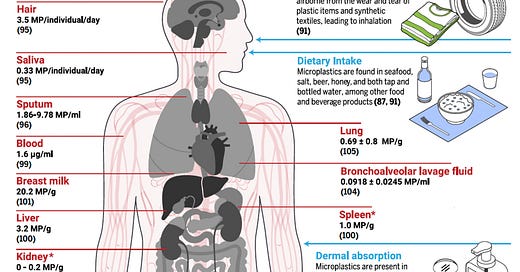


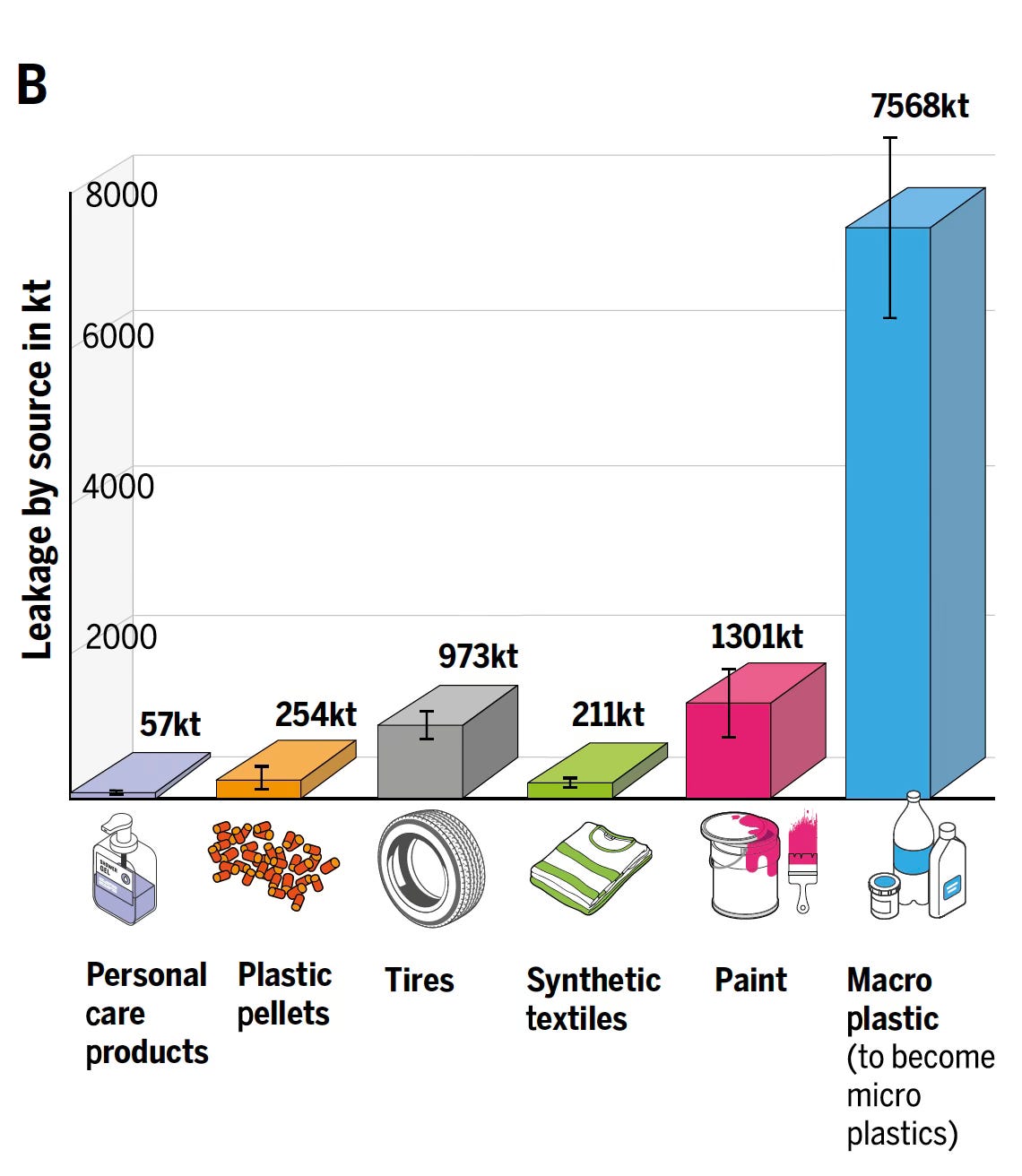
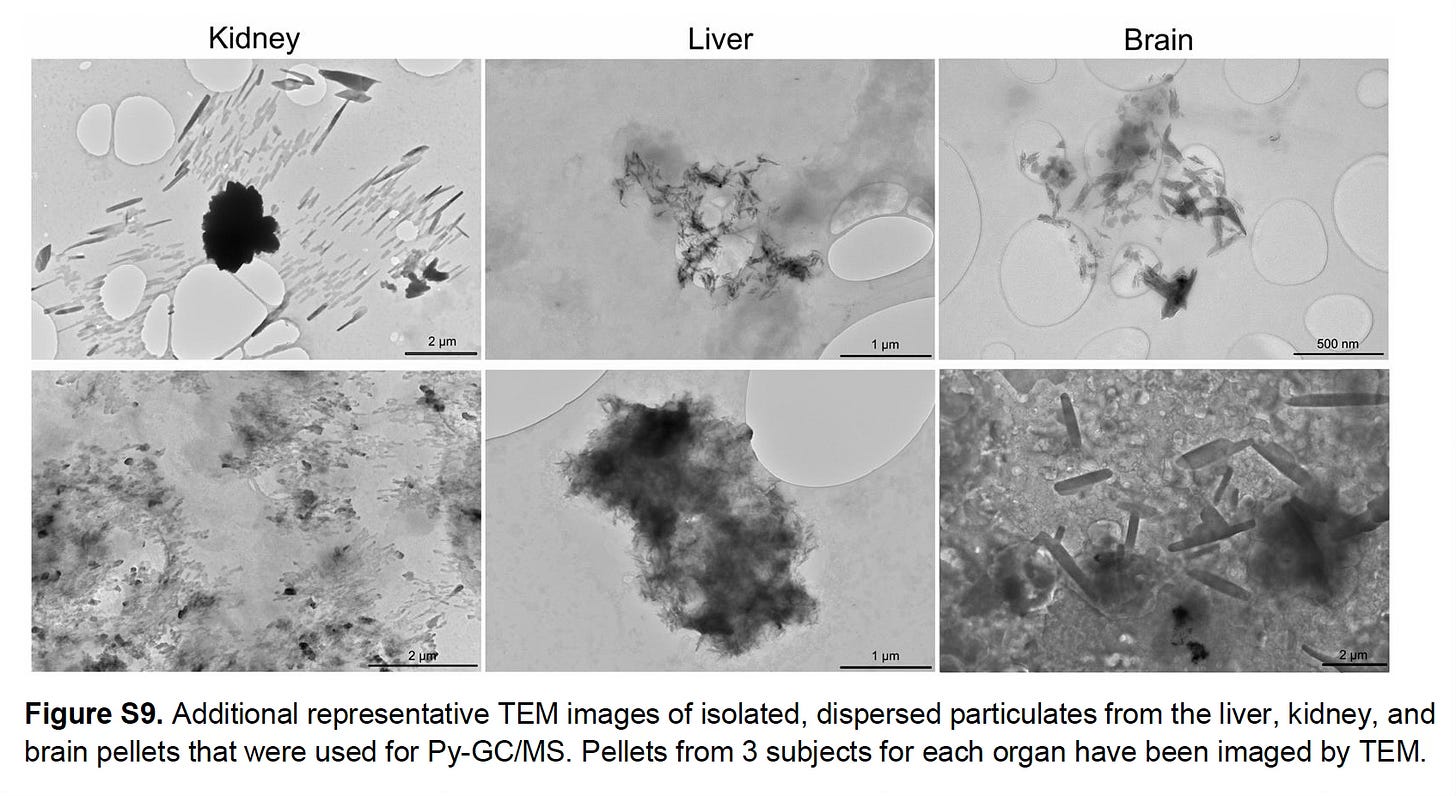
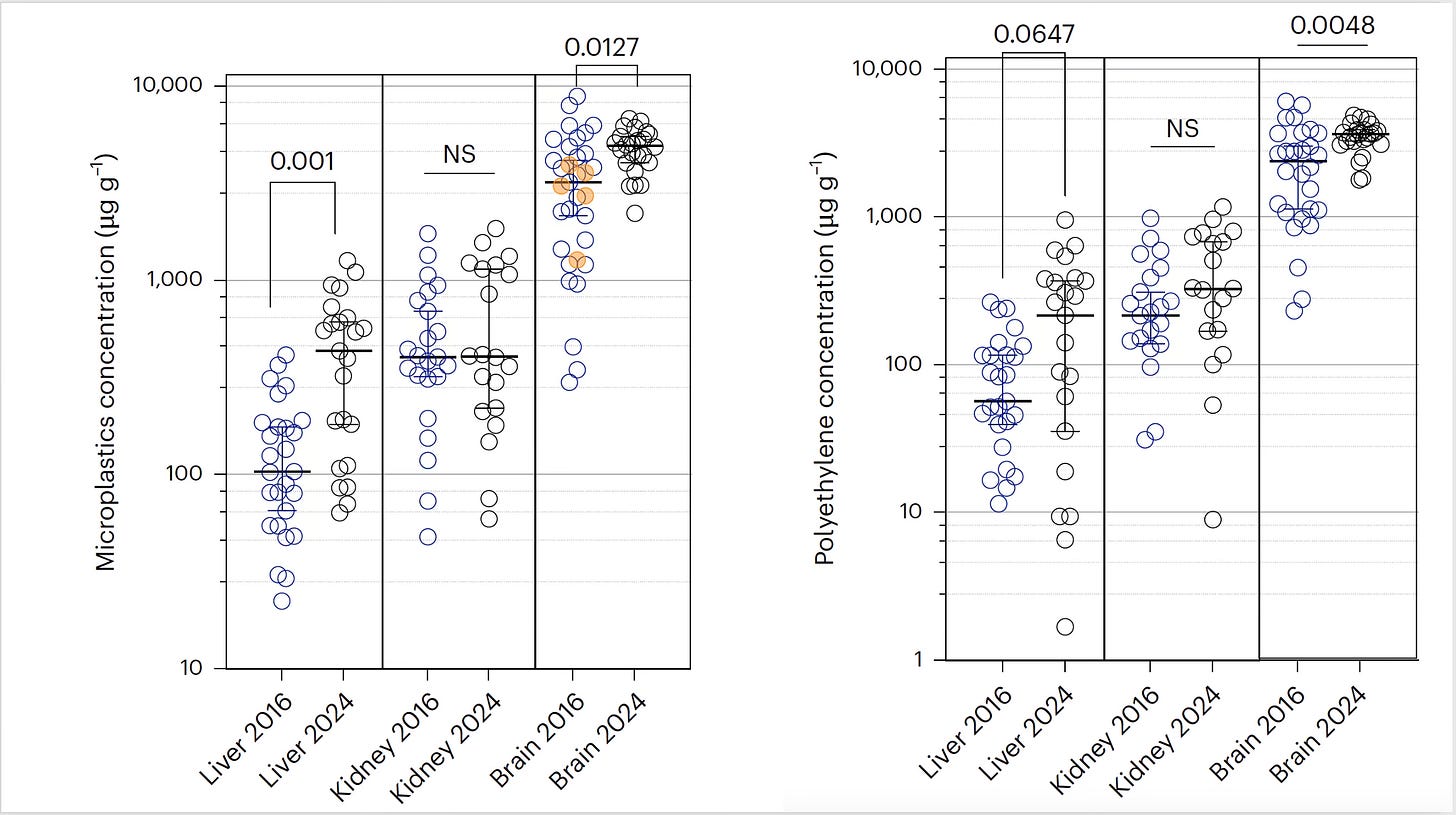
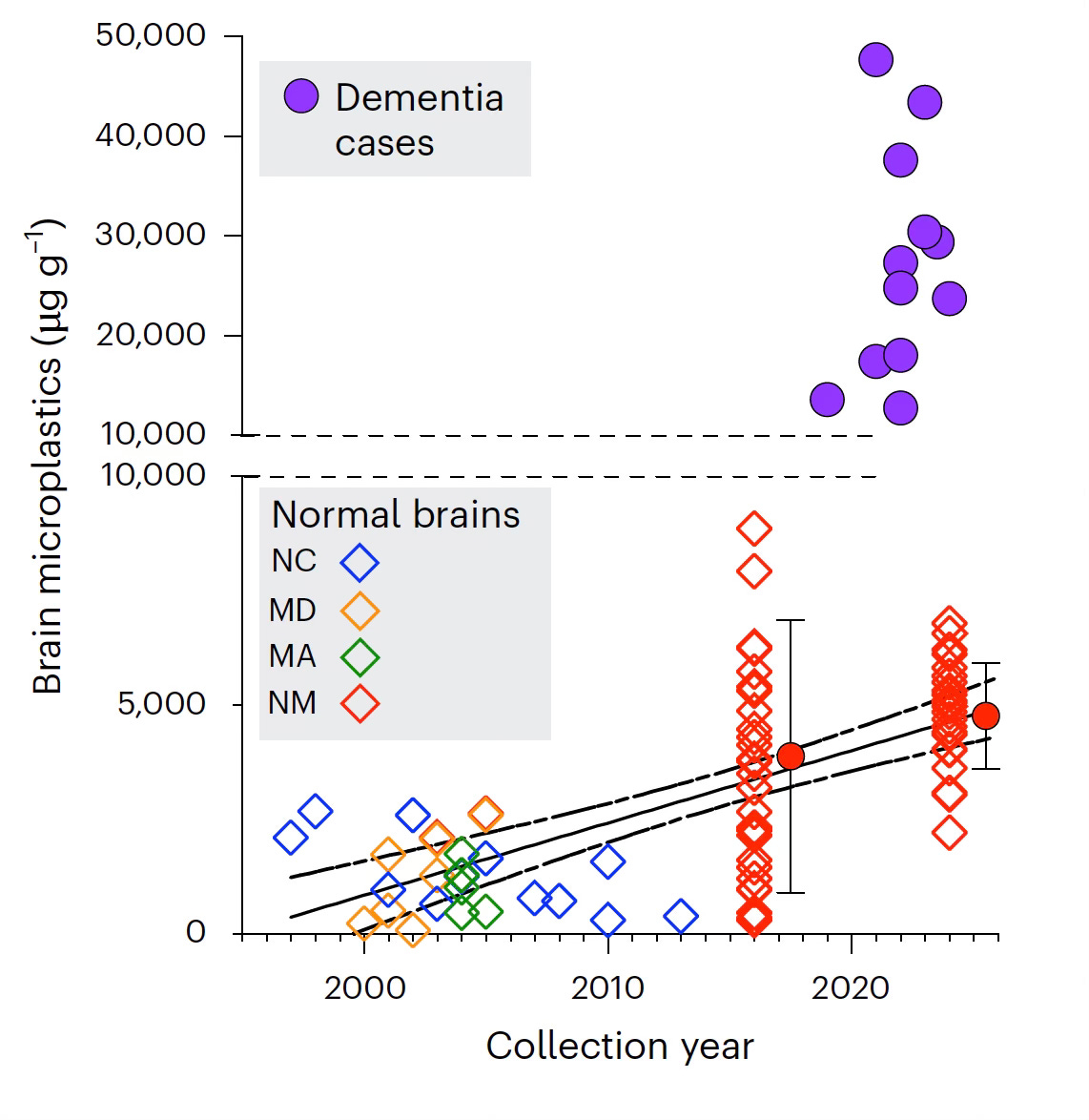
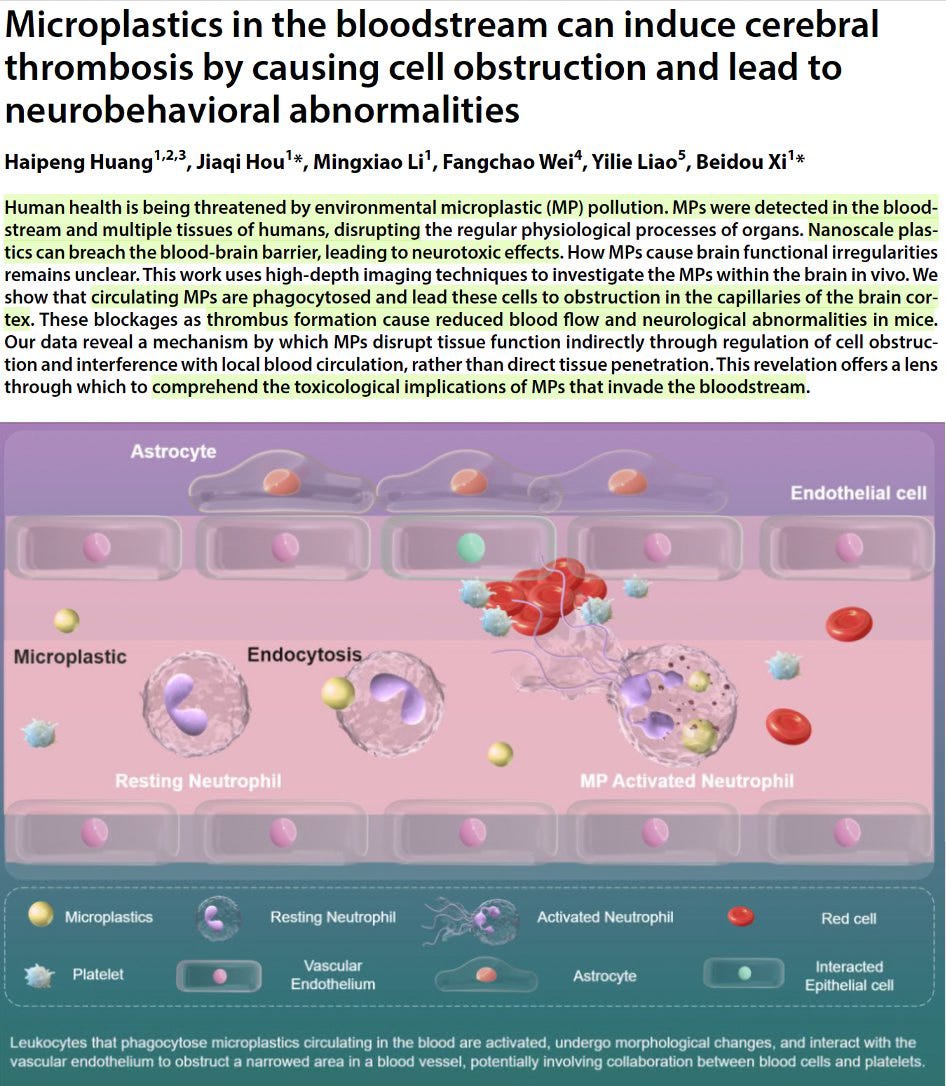

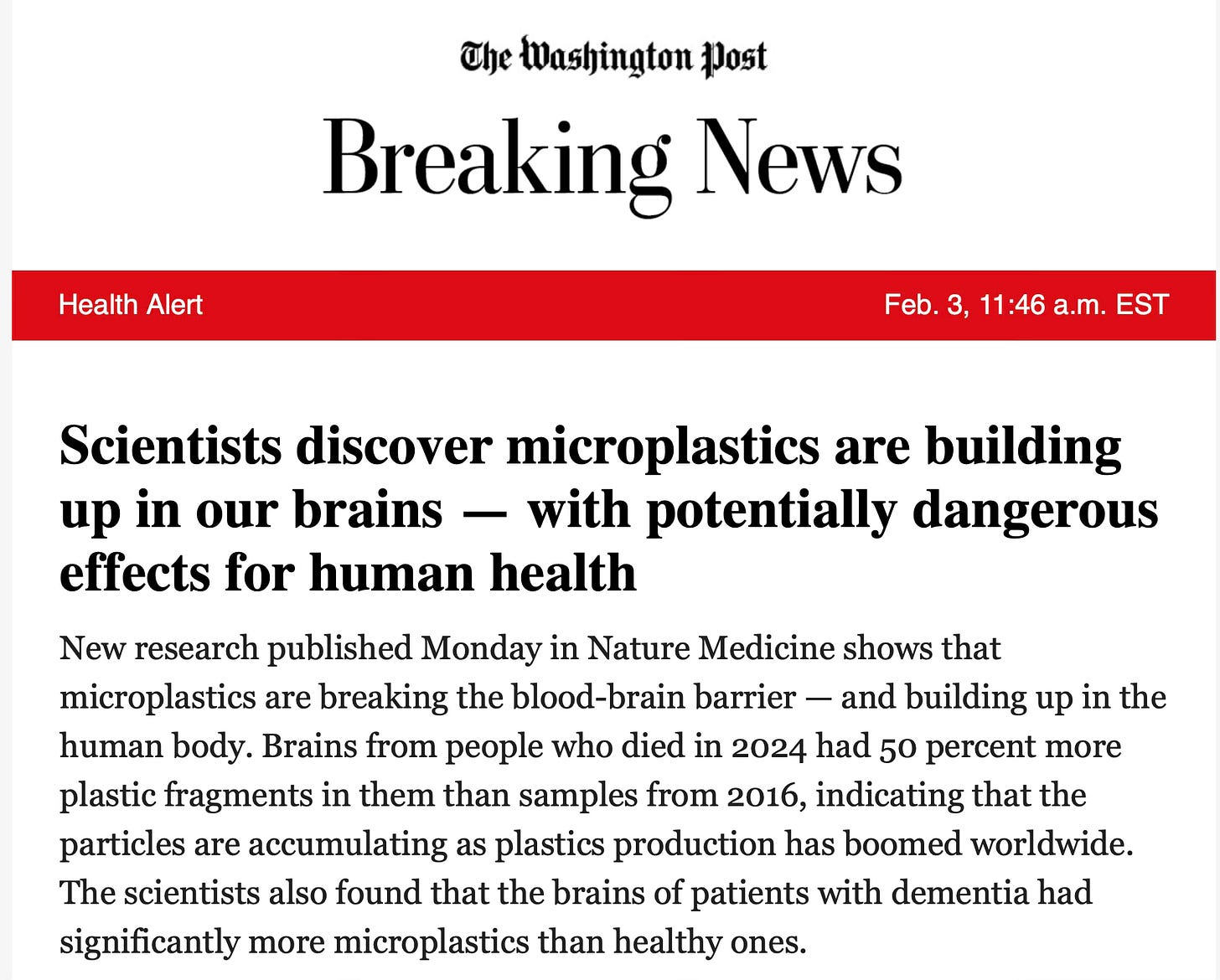
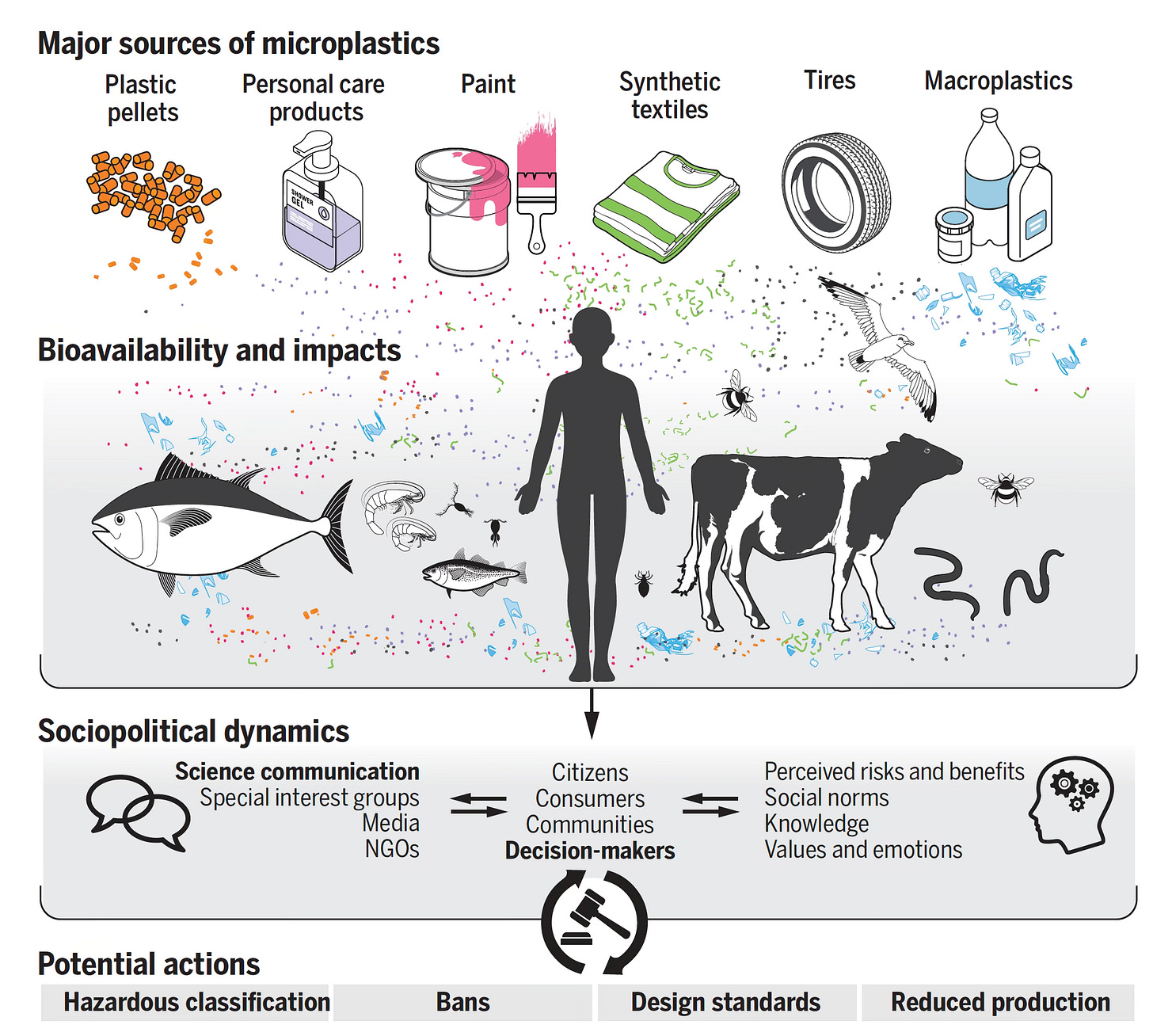
We will add this to our brain health and dementia awareness work.
Thank you, Dr. Topol, for keeping your readers abreast of important developments in MPs research!